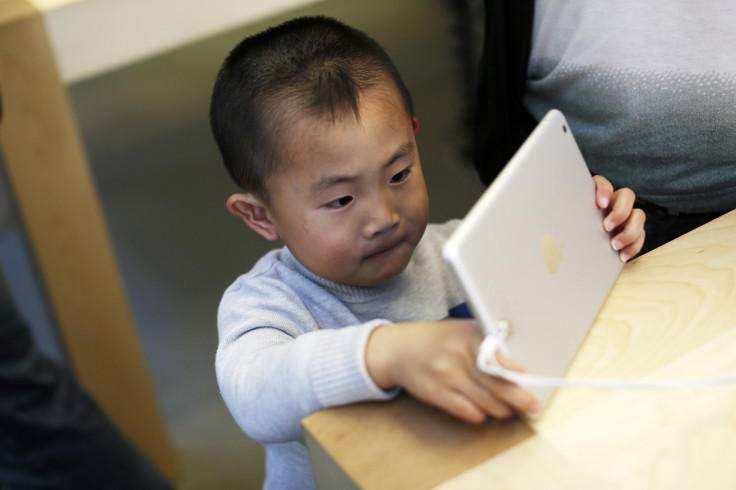Black Friday 2012 Retail Foot Traffic Rises 3.5%, Retail Sales Fall 1.8%: ShopperTrak

Black Friday was a good-news, bad-news kind of day for U.S. brick-and-mortar retailers, based on estimates released by researcher ShopperTrak Saturday.
The good news was that Black Friday retail foot traffic rose 3.5 percent, to more than 307.67 million store visits, between last year and this year. (The comparable figure in 2011 was an increase of 4.7 percent.)
The bad news was that Black Friday retail sales fell 1.8 percent, to about $11.2 billion, from last year to this year. (The comparable figure in 2011 was an increase of 6.6 percent.)
Nonetheless, there are sound reasons for retailers -- of both the offline and the online varieties -- to be feeling pretty chipper about this holiday shopping season.
One reason appears on the calendar: Last year, Thanksgiving Day was Nov. 24, and this year, it was Nov. 22, which means the holiday shopping season will be a whole two days longer in 2012, when it will be 32 days, than it was in 2011, when it was 30 days.
Bill Martin, the founder of Chicago-based ShopperTrak, covered another reason in his company's data release.
“Black Friday continues to be an important day in retail,” Martin noted. “This year, though, more retailers than last year began their ‘doorbuster’ deals on Thursday, Thanksgiving itself. So while foot traffic did increase on Friday, those Thursday deals attracted some of the spending that’s usually meant for Friday.”
The fact Black Friday shopping is continuing to expand into Thanksgiving Day means it "will impact the way we look at all of the ‘Black’ weekend results, since more shopping hours allows for more shopping visits and a smoothing of sales across all of the days,” Martin pointed out.
Comparing Black Friday retail foot traffic by region from last year to this year, ShopperTrak found it was up 12.9 percent in the Midwest; up 8.7 percent in the South; up 7.6 percent in the Northeast; and down 11.3 percent in the West.
Guess that good-news, bad-news thing doesn't really apply in California.
© Copyright IBTimes 2025. All rights reserved.






















